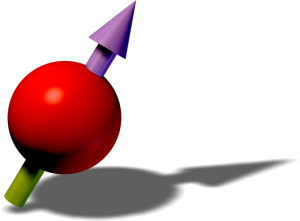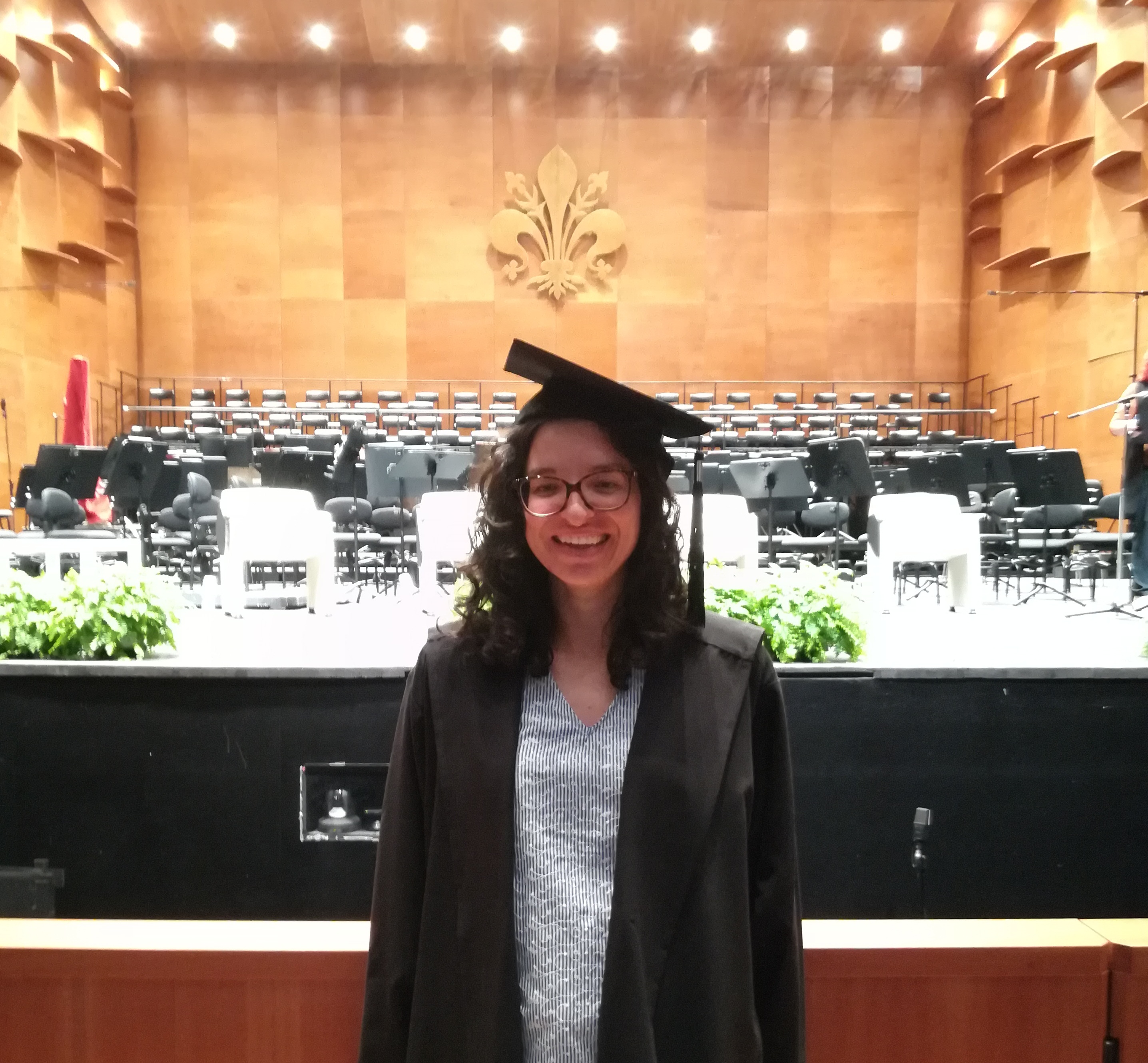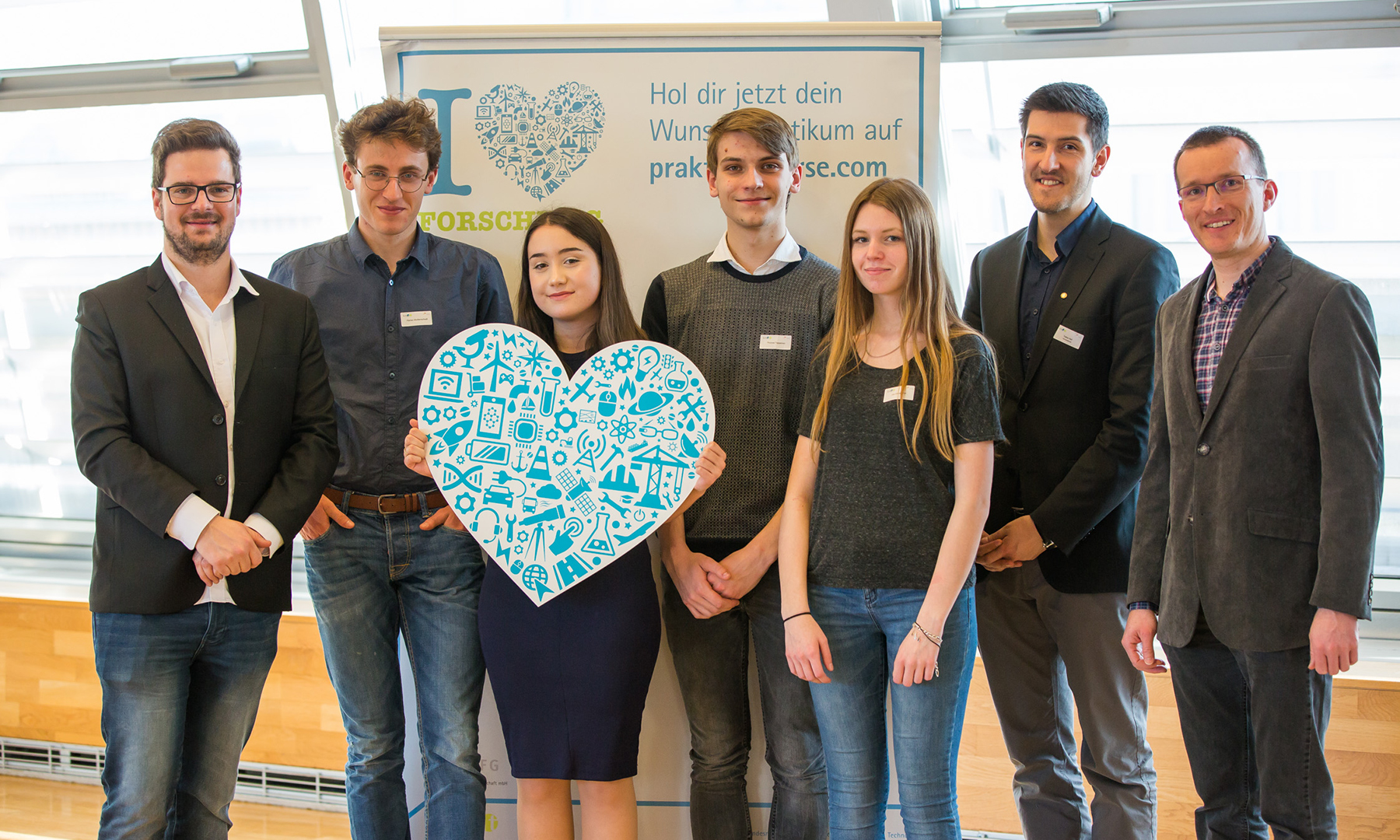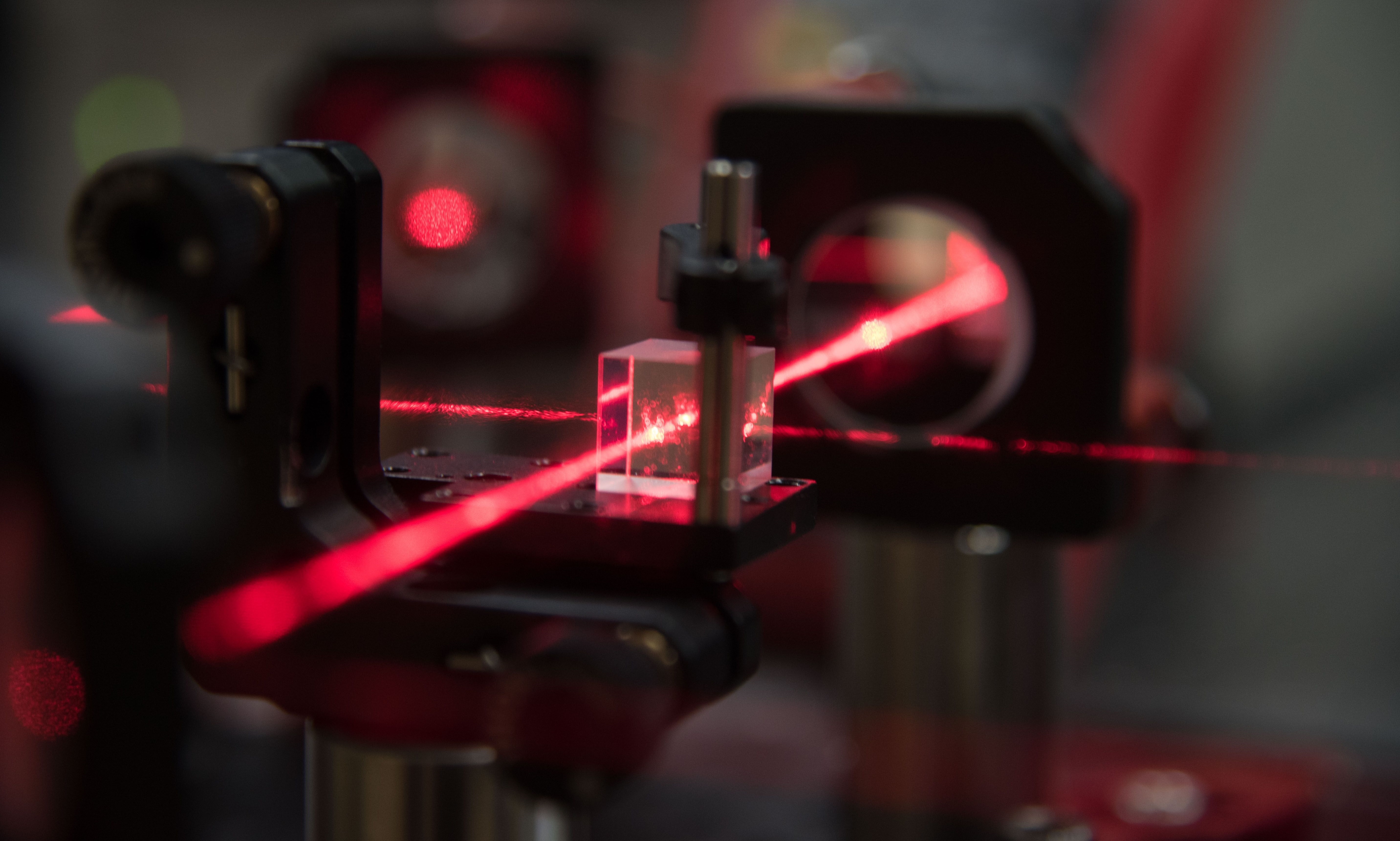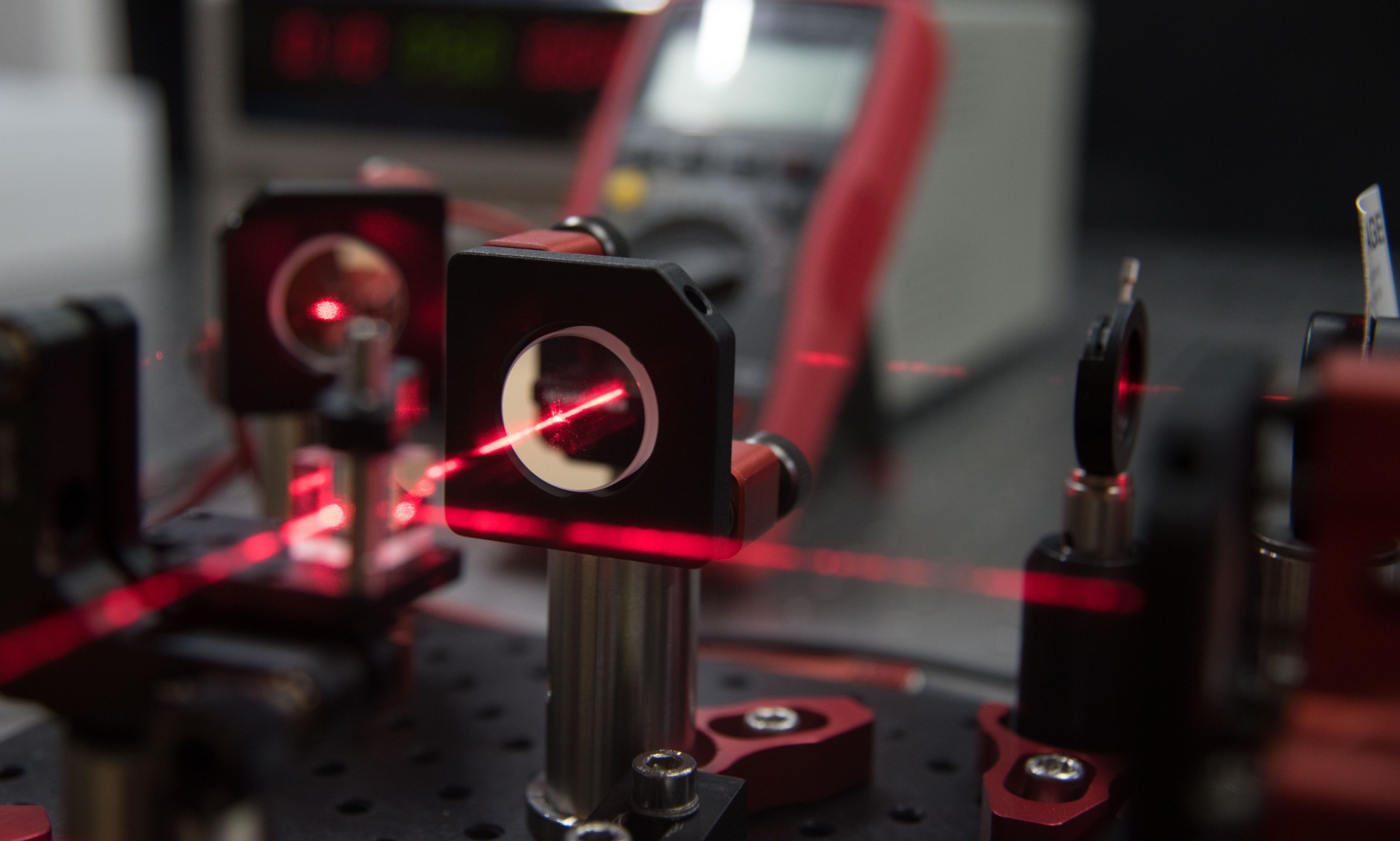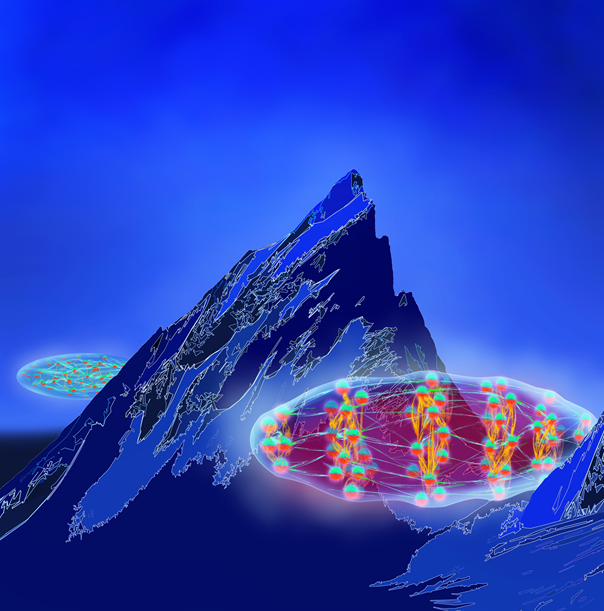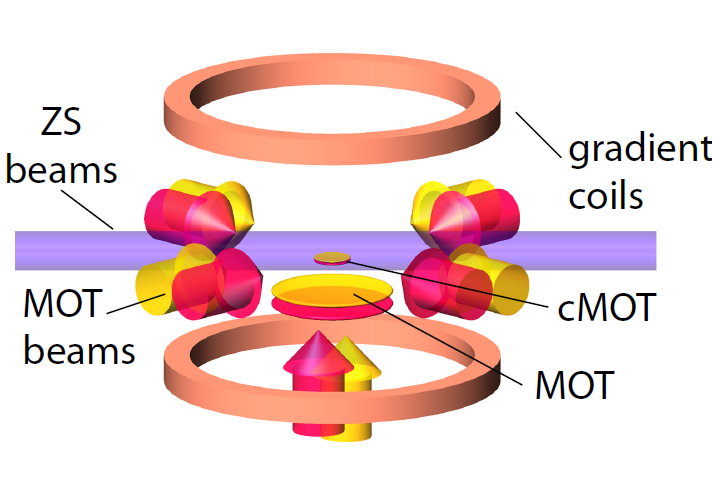Giulia held her defense for the PhD and she is now officially a Doctor of Philosophy.Congratulations and good luck!
News
Category for non scientific news
FFG-Talente-Praktikum 2017 Thomas Tappeiner
Congratulations Thomas, and we hope to see you soon back at the University!
Observation of roton quasiparticles in Erbium
In collaboration with our theory collaborators from Innsbruck (Rick van Bijnen) and Hannover (Falk Wächtler and Luis Santos), we have observed for the first time so-called roton quasiparticles in an ultracold quantum gas of highly magnetic bosonic erbium.
The magic of Er and Dy: magneto-optical trap with only 5 beams!
As the first result of our new Erbium-Dysprosium mixture experiment RARE, we achieved for the first time the simultaneous trapping of Erbium and Dysprosium atoms in a magneto-optical trap (MOT).
Anisotropic polarizability of Erbium
In collaboration with our theory colleagues from Paris (M. Lepers, J.-F. Wyart and O. Dulieu) we have determined the dynamical polarizability of ultracold erbium atoms in the ground and in one excited state at three particular relevant wavelengths.
Claudia and Gabriele rejoin our labs
After two months of holidays and travelling, Claudia Politi and Gabriele Natale came back to Innsbruck to start their PhD studies in the RARE and ERBIUM experiment.
Welcome back!
